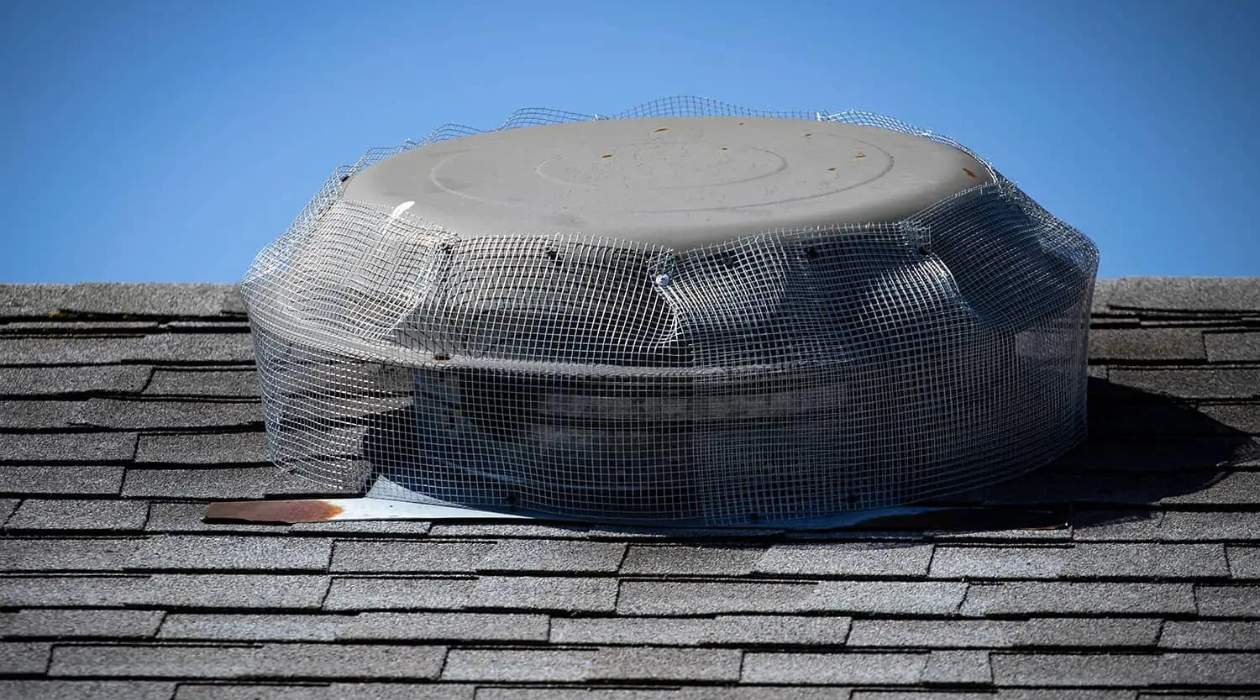

Articles
How Long Should An Attic Fan Run
Modified: January 6, 2024
Looking for articles about how long an attic fan should run? Find out the optimal duration for running an attic fan to improve ventilation and cooling in your home.
(Many of the links in this article redirect to a specific reviewed product. Your purchase of these products through affiliate links helps to generate commission for Storables.com, at no extra cost. Learn more)
Introduction
An attic fan is a valuable addition to any home, providing ventilation and helping to regulate the temperature in the attic. By exhausting hot air and drawing in cooler air from outside, attic fans can help reduce the load on air conditioning systems, prevent moisture buildup, and extend the overall lifespan of the roof. However, many homeowners often wonder how long an attic fan should run to achieve these benefits effectively.
In this article, we will explore the factors that influence the duration an attic fan should run, taking into account the climate, desired temperature, insulation and ventilation, and energy consumption considerations. By understanding these factors, homeowners can make informed decisions on the appropriate runtime for their attic fan, ensuring optimal performance and energy efficiency.
Key Takeaways:
- Understanding the climate, desired temperature, insulation, and ventilation is crucial for determining the optimal runtime of an attic fan. By balancing these factors, homeowners can achieve a comfortable, well-ventilated, and energy-efficient home environment.
- Attic fans play a vital role in regulating temperature and moisture levels, providing benefits such as increased comfort, protection against moisture-related issues, extended roof lifespan, and energy efficiency. Balancing energy consumption and runtime is key to maximizing their effectiveness.
Importance of an Attic Fan
An attic fan plays a crucial role in maintaining a comfortable and healthy home environment. Here are some key reasons why an attic fan is important:
- Temperature Regulation: During hot summer months, attics can become extremely hot, reaching temperatures well above the levels outside. This excessive heat can seep into the living spaces below, causing discomfort and putting a strain on cooling systems. An attic fan helps remove the hot air, reducing the temperature in the attic and minimizing the heat transfer to the rest of the house.
- Moisture Control: Moisture buildup in the attic can lead to mold and mildew growth, which can cause damage to the roof structure and compromise indoor air quality. By promoting air circulation, attic fans help prevent moisture accumulation, keeping the attic dry and reducing the risk of moisture-related issues.
- Extended Roof Lifespan: Excessive heat in the attic can accelerate the aging process of the roof materials, causing them to deteriorate more quickly. By venting out hot air, an attic fan helps prolong the lifespan of the roof by reducing heat-related damage such as shingle warping or decay.
- Energy Efficiency: By reducing the temperature in the attic, an attic fan can alleviate the strain on the air conditioning system. This can result in energy savings by allowing the cooling system to work more efficiently and reducing the need for it to run continuously.
Overall, an attic fan is a valuable investment to maintain a comfortable indoor environment, protect the integrity of the roof, and improve energy efficiency.
Factors to Consider
When determining how long an attic fan should run, there are several factors that homeowners should take into consideration:
- Climate and Season: The climate in which your home is located plays a significant role in determining the runtime of your attic fan. In hot and humid climates, the fan may need to run for longer periods to effectively remove the excess heat and moisture from the attic. On the other hand, in cooler climates, the fan may not need to run as frequently or for as long.
- Desired Temperature: Consider the desired temperature for your attic space. If you want to maintain a cooler attic environment, you may need to run the fan for longer durations. However, if your main goal is to prevent moisture buildup, a shorter runtime may be sufficient.
- Insulation and Ventilation: The insulation and ventilation in your attic play a critical role in how long the fan needs to run. Proper insulation and ventilation help regulate the temperature in the attic, reducing the workload on the fan. Ensure that your attic has adequate insulation and proper airflow to optimize the fan’s efficiency.
- Attic Fan Usage Recommendations: The manufacturer’s recommendations for your specific attic fan can provide valuable guidance on the recommended runtime. Consult the user manual or contact the manufacturer to understand the optimal usage duration for your particular model.
By considering these factors, homeowners can make informed decisions about how long an attic fan should run to achieve the desired results. It is important to note that the runtime may vary depending on the specific circumstances and individual preferences, so adjustments may be necessary to find the optimal balance.
Climate and Season
The climate and season in which your home is located have a significant impact on how long an attic fan should run. Understanding the characteristics of your climate and the seasonal variations can help you determine the appropriate duration for operating your attic fan.
In hot and humid climates, such as those found in tropical regions or southern states, the attic can become excessively hot. This heat buildup can affect the temperature inside your living spaces, making them uncomfortable and increasing the load on your air conditioning system. In these climates, it is recommended to run the attic fan for longer periods to remove the hot air and lower the overall temperature in the attic. This helps prevent heat transfer to the rest of the house, keeping your living spaces cooler and reducing the strain on your cooling system.
On the other hand, in cooler climates or during winter seasons, the need for running an attic fan may be less prominent. Attics in these regions tend to have lower temperatures, and the risk of heat transfer to the living spaces is minimal. However, it is still important to monitor the attic’s moisture levels during colder seasons to prevent condensation and potential mold growth. In these situations, running the attic fan periodically for shorter durations can help maintain proper ventilation and moisture control.
It is crucial to consider the specific characteristics of your climate and the season when determining the runtime of your attic fan. If you live in an area with extreme temperature fluctuations throughout the year, you may need to adjust the duration of running your fan accordingly. Additionally, the orientation and location of your home, as well as the amount of sun exposure and shade, can also influence the attic’s temperature and determine the attic fan runtime.
Consulting with local HVAC professionals or seeking advice from experienced homeowners in your area can provide valuable insights into attic fan usage specific to your climate and season. By taking these factors into account, you can make informed decisions and effectively utilize your attic fan to maximize its benefits.
Desired Temperature
The desired temperature for your attic is an important factor to consider when determining how long an attic fan should run. The ideal temperature may vary depending on factors such as personal preference and the specific needs of your home. Assessing your desired temperature can help you determine the appropriate runtime for your attic fan.
If your main goal is to keep your attic as cool as possible, you may need to run the fan for longer durations. This is especially relevant in hotter climates or during the peak summer season when attics tend to trap excessive heat. Running the attic fan for extended periods allows it to continuously exhaust hot air and promote the inflow of cooler air from the outside. By maintaining a cooler attic temperature, you can help prevent heat transfer to your living spaces and reduce the load on your air conditioning system.
On the other hand, if your primary concern is moisture control, a shorter runtime may be sufficient. Excessive moisture in the attic can lead to mold growth and other moisture-related issues. In this case, running the attic fan periodically, especially during periods of high humidity or after rainstorms, can help ventilate and dryer the attic space. By removing excess moisture, you can mitigate the risk of mold and protect the structural integrity of your home.
It is essential to strike a balance between maintaining a desired temperature and controlling moisture levels. Running the attic fan too frequently or for excessively long periods may cause the attic to become too cool, potentially leading to condensation or other issues. Monitoring the temperature and moisture levels in your attic can help you determine the optimal runtime for your attic fan to achieve your desired temperature without compromising the overall health and integrity of your home.
Remember that every home and situation is unique, so it may take some experimentation to find the right balance. By considering your desired temperature and adjusting the runtime accordingly, you can effectively regulate the environment in your attic and optimize the performance of your attic fan.
Read more: How Long Should My HVAC Fan Run Per Hour
Insulation and Ventilation
The insulation and ventilation in your attic are crucial factors to consider when determining how long an attic fan should run. These elements work together to regulate the temperature and airflow in your attic space, directly impacting the efficiency and effectiveness of your attic fan.
Proper insulation is essential to minimize heat transfer between the attic and the living spaces below. Insulation acts as a barrier, preventing the hot air in the attic from seeping into the rest of the house. If your attic is well-insulated, it can help maintain a more stable temperature, reducing the workload on the attic fan. This means that the fan may not need to run for as long to achieve the desired cooling effect. On the other hand, if your attic has inadequate insulation, more heat can penetrate through the ceiling, requiring the fan to run for longer periods to compensate for the lack of insulation.
In addition to insulation, proper attic ventilation is crucial for maintaining the airflow necessary for attic fan efficiency. Ventilation allows for the exchange of hot air with cooler air from outside, ensuring proper air circulation and preventing the buildup of heat and moisture. Without adequate ventilation, the attic fan may struggle to effectively exhaust hot air, resulting in longer runtimes to achieve the desired temperature reduction.
Proper ventilation includes both intake vents and exhaust vents. Intake vents, such as soffit vents or gable vents, allow fresh air to enter the attic, while exhaust vents, such as ridge vents or powered vents, facilitate the expulsion of hot air. It is important to ensure that these vents are not obstructed and that their size and placement are appropriate for the size of your attic to promote optimal airflow.
By maintaining proper insulation and ventilation in your attic, you can significantly improve the efficiency of your attic fan. The fan will be able to operate more effectively, and the runtime may be shorter as a result. Inspecting your attic’s insulation and ventilation regularly can help identify any deficiencies and allow for necessary improvements, ensuring the optimal performance of your attic fan.
An attic fan should run for about 15-30 minutes every hour to effectively ventilate the space and prevent heat buildup. This can help reduce energy costs and prolong the life of the roof.
Attic Fan Usage Recommendations
While there is no one-size-fits-all approach to how long an attic fan should run, there are some general recommendations that can help guide homeowners in optimizing the usage of their attic fans. These recommendations take into account factors such as climate, desired temperature, insulation, and ventilation.
1. Follow manufacturer recommendations: Start by reviewing the manufacturer’s instructions and guidelines for your specific attic fan model. Manufacturers often provide recommendations on the recommended runtime and usage frequency based on the fan’s design and capabilities.
2. Consider climate and season: Take into account the climate and season in your area. Hotter and more humid climates may require longer attic fan runtimes to effectively remove heat and excess moisture. Cooler climates may not require as much runtime, but still, periodic usage can help maintain proper ventilation and prevent moisture-related issues.
3. Monitor desired temperature: Determine the desired temperature for your attic space. Consult with HVAC professionals or experienced homeowners in your area to understand the recommended temperature range for optimal attic performance. Adjust the attic fan runtime to maintain the desired temperature level without overcooling or compromising moisture control.
4. Assess insulation and ventilation: Evaluate the insulation and ventilation in your attic. Ensure proper insulation levels and address any issues or deficiencies. Verify that intake and exhaust vents are unobstructed and functioning effectively. Adequate insulation and ventilation can improve the efficiency of your attic fan, potentially reducing the required runtime.
5. Regularly monitor attic conditions: Regularly check the temperature and moisture levels in your attic. Use a thermometer and hygrometer to monitor the temperature and humidity. This will allow you to adjust the attic fan runtime as needed, especially during periods of extreme weather or when environmental conditions change.
6. Consider smart or timer-controlled systems: Consider installing smart or timer-controlled attic fan systems. These systems allow you to preset the runtime of the fan based on your specific preferences and schedule. This automation can help ensure efficient operation and prevent excessive or unnecessary runtime.
Remember that these recommendations serve as general guidelines and may need to be adjusted based on your specific circumstances. It’s essential to find the right balance between energy efficiency, moisture control, and temperature regulation to achieve the optimal performance of your attic fan.
Duration during Hot Weather
During periods of hot weather, the duration that an attic fan should run is typically longer compared to milder seasons. High temperatures can cause the attic to accumulate heat, which can then radiate into the living spaces below, making them uncomfortable and increasing the load on the cooling system. Maximizing the benefits of an attic fan during hot weather requires running it for sufficient durations.
One approach is to run the attic fan continuously during the hottest parts of the day, when the sun’s intensity is at its peak. This ensures the constant extraction of hot air from the attic and the promotion of fresh, cooler air into the space. By running the attic fan continuously, you can effectively maintain lower attic temperatures and prevent heat transfer to the rest of the house. However, it is important to note that continuous operation may lead to increased energy consumption.
If continuous operation is not feasible or energy efficiency is a concern, an alternative approach is to run the attic fan in cycles. For example, you could run the fan for 15-minute intervals every hour or use a timer to schedule intermittent operation. This allows the fan to exhaust hot air and bring in cooler air without operating continuously. By using cycles, the attic fan can still effectively regulate the attic temperature while reducing energy consumption.
However, it is essential to monitor the temperature in the attic and adjust the fan’s duration accordingly. If the attic temperature remains high even after running the fan in cycles, it may be necessary to increase the runtime or switch to continuous operation during extreme heat waves.
It is important to consider the factors discussed earlier, such as climate, insulation, and ventilation, when determining the duration an attic fan should run during hot weather. Homes in hotter climates or with lower levels of insulation may require longer runtimes to effectively remove heat from the attic. Additionally, proper ventilation and insulation ensure that the attic fan can work efficiently, reducing the time needed for it to effectively lower the attic temperature.
By adjusting the duration of attic fan operation during hot weather, homeowners can mitigate the impacts of heat accumulation, maintain comfortable living conditions, and reduce the load on their cooling systems.
Limitations in Cold Weather
While an attic fan is beneficial for regulating temperature and moisture levels in the attic during hot weather, it has limitations when it comes to cold weather. During colder seasons, the operation of attic fans may need to be adjusted or even temporarily halted due to specific considerations related to the insulation and energy efficiency of the home.
One major limitation is that running an attic fan during cold weather can potentially lead to heat loss. Attics are typically unheated spaces, and the temperature inside can drop significantly in cold weather. Running the attic fan continuously or for extended periods can draw in cold air from outside, potentially chilling the living spaces below and increasing the load on the heating system. This can result in higher energy consumption and discomfort for inhabitants of the home.
However, there may still be a need for some attic ventilation during cold weather to prevent moisture buildup. Moisture can accumulate in the attic due to activities such as cooking, showering, or drying clothes, as well as from condensation caused by temperature variations. Without proper ventilation, this moisture can lead to mold growth, wood rot, and other issues. Therefore, it is crucial to strike a balance between ventilation and energy efficiency during colder seasons.
One approach is to use intermittent fan operation or to run the attic fan for shorter durations during periods of low temperatures. This allows for ventilation to periodically remove excess moisture and maintain proper air circulation without causing excessive heat loss. Monitoring the attic’s humidity levels and adjusting the fan’s runtime accordingly can help strike the right balance.
Another option is to temporarily disable the attic fan during very cold periods. This can help prevent cold air infiltration and minimize heat loss. However, it is important to reactivate the fan as soon as the weather warms up or if moisture issues arise. Regular monitoring of the attic’s conditions is key to determining when to resume attic fan operation.
Additionally, having proper insulation in the attic is critical during cold weather. Adequate insulation helps retain warmth and prevents heat from escaping the living spaces into the attic. Insulation also helps reduce heat transfer between the attic and the rest of the house, reducing the need for attic fan operation to regulate temperature. Ensuring that the attic is properly insulated can significantly improve energy efficiency and reduce the reliance on the attic fan during colder months.
Overall, it is important to recognize the limitations of attic fans in cold weather and address ventilation and insulation needs accordingly. Adjusting the duration, using intermittent operation, or temporarily disabling the attic fan can help strike a balance between ventilation and energy efficiency to maintain a comfortable and moisture-controlled attic space during colder seasons.
Read more: How Long Can A Fan Run Continuously
Energy Consumption
When considering how long an attic fan should run, it is important to also take into account its energy consumption. While attic fans are designed to improve energy efficiency by reducing the load on cooling systems, they do consume electricity. Understanding and managing the energy consumption of an attic fan is crucial to maintaining a balance between its benefits and the associated costs.
Attic fan energy consumption can vary depending on factors such as the size and power of the fan, the duration of operation, and the efficiency of the motor. Larger and more powerful fans typically consume more energy than smaller ones. Continuous or longer runtime will also result in increased energy usage.
However, it is important to note that attic fans are generally designed to be energy-efficient and consume less power compared to other cooling alternatives, such as air conditioning units. Attic fans only need to cool the attic space, which is typically not occupied, whereas air conditioning cools the entire living area. Therefore, using an attic fan in conjunction with proper insulation and ventilation can provide energy savings in the long run.
To optimize energy consumption while using an attic fan, there are a few strategies homeowners can employ:
- Utilize smart or timer-controlled systems: Consider installing smart or timer-controlled attic fan systems. These systems allow you to schedule the operation of the fan during specific times of the day when it is most needed or when energy rates are lower. This automation can help prevent unnecessary continuous operation and optimize energy usage.
- Adjust runtime based on weather conditions: Monitor the weather conditions and adjust the runtime of the attic fan accordingly. During periods of milder weather, reduced runtime or intermittent operation can help save energy while still maintaining adequate ventilation and temperature control.
- Maintain proper insulation and ventilation: Ensure that your attic is properly insulated and ventilated. Adequate insulation helps retain the desired temperature and minimize the workload on the attic fan. Proper ventilation allows for effective air circulation, reducing the need for the fan to operate for extended periods.
- Regularly maintain and clean the attic fan: Dust and debris can accumulate on the fan blades and motor, reducing its efficiency and increasing energy consumption. Regularly clean and maintain the attic fan to ensure optimal performance and energy efficiency.
By implementing these strategies and being mindful of energy usage, homeowners can strike a balance between the benefits of operating an attic fan and minimizing energy consumption.
Conclusion
Determining how long an attic fan should run requires careful consideration of various factors, including climate, desired temperature, insulation, ventilation, and energy consumption. Attic fans play a vital role in regulating temperature and moisture levels in the attic, providing benefits such as increased comfort, protection against moisture-related issues, extended roof lifespan, and energy efficiency.
Climate and season are significant factors to consider when determining attic fan runtime. In hot weather, running the attic fan for longer durations can help remove excess heat and maintain a cooler attic temperature. However, during colder seasons, caution should be taken to prevent heat loss and excessive energy consumption. Monitoring the desired temperature and adjusting the fan’s runtime accordingly helps strike a balance between comfort and energy efficiency.
Insulation and ventilation are crucial for optimizing attic fan usage. Proper insulation helps minimize heat transfer between the attic and living spaces, reducing the workload on the fan. Adequate ventilation allows for the exchange of hot air with cooler air from outside, ensuring effective temperature regulation and moisture control. Regularly monitoring and maintaining insulation and ventilation can significantly improve the efficiency of the attic fan.
Energy consumption is an important consideration when operating an attic fan. Although attic fans are designed to be energy-efficient, being mindful of their runtime and employing strategies such as smart or timer-controlled systems, adjusting runtime based on weather conditions, and properly maintaining the fan can help optimize energy usage and minimize costs.
In conclusion, determining the optimal runtime for an attic fan requires assessing individual circumstances and balancing factors such as climate, desired temperature, insulation, ventilation, and energy consumption. By considering these factors and making informed decisions, homeowners can effectively utilize their attic fans to achieve a comfortable, well-ventilated, and energy-efficient home environment.
Frequently Asked Questions about How Long Should An Attic Fan Run
Was this page helpful?
At Storables.com, we guarantee accurate and reliable information. Our content, validated by Expert Board Contributors, is crafted following stringent Editorial Policies. We're committed to providing you with well-researched, expert-backed insights for all your informational needs.
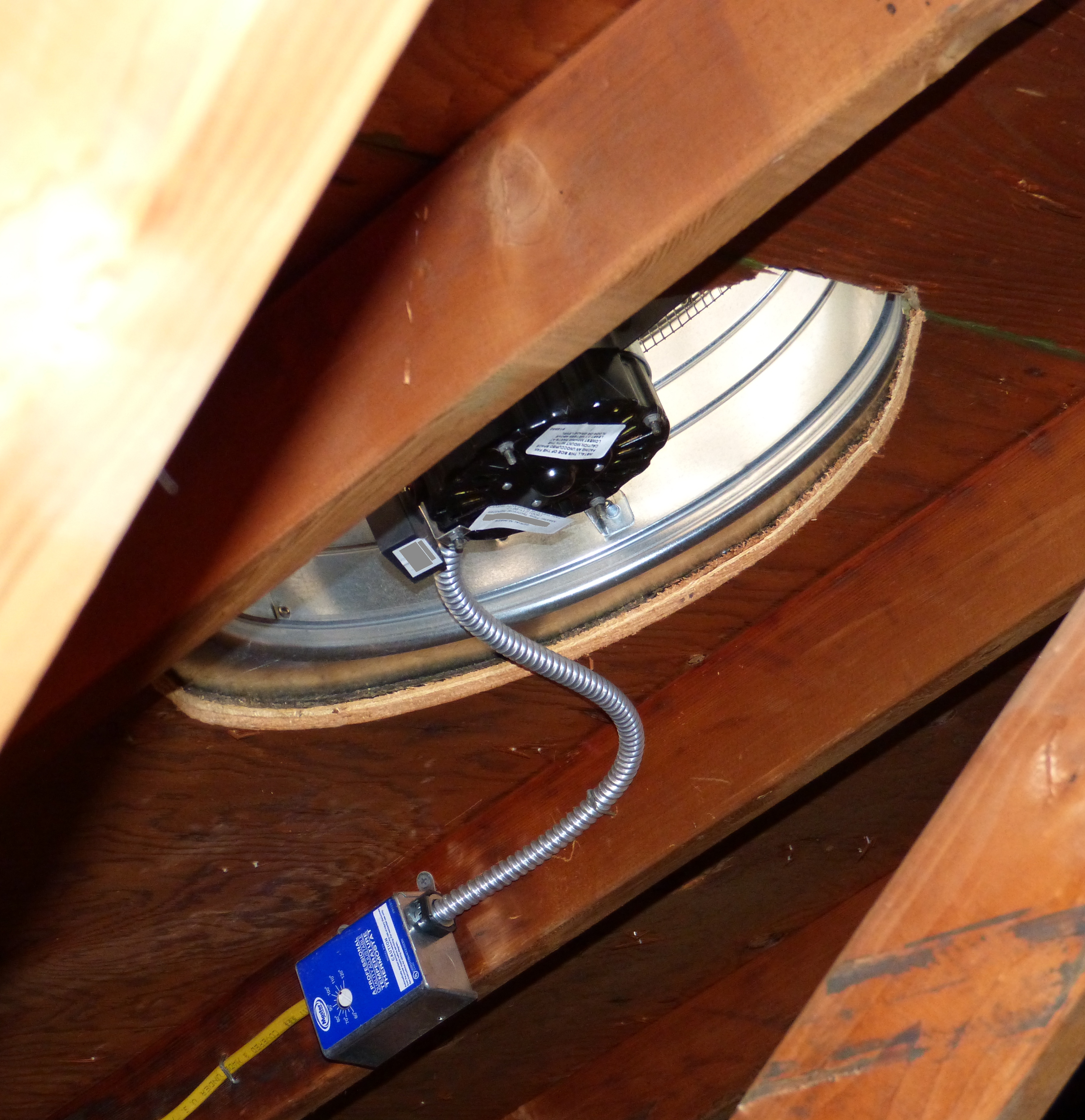
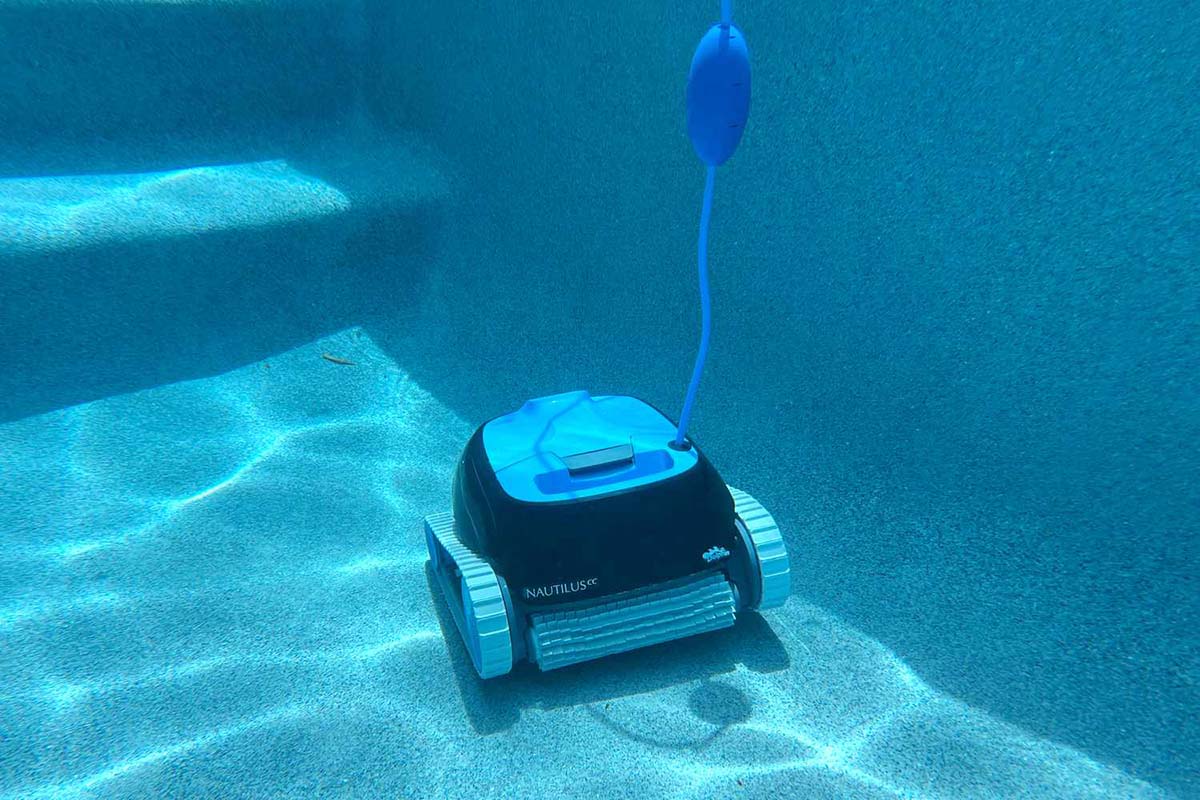
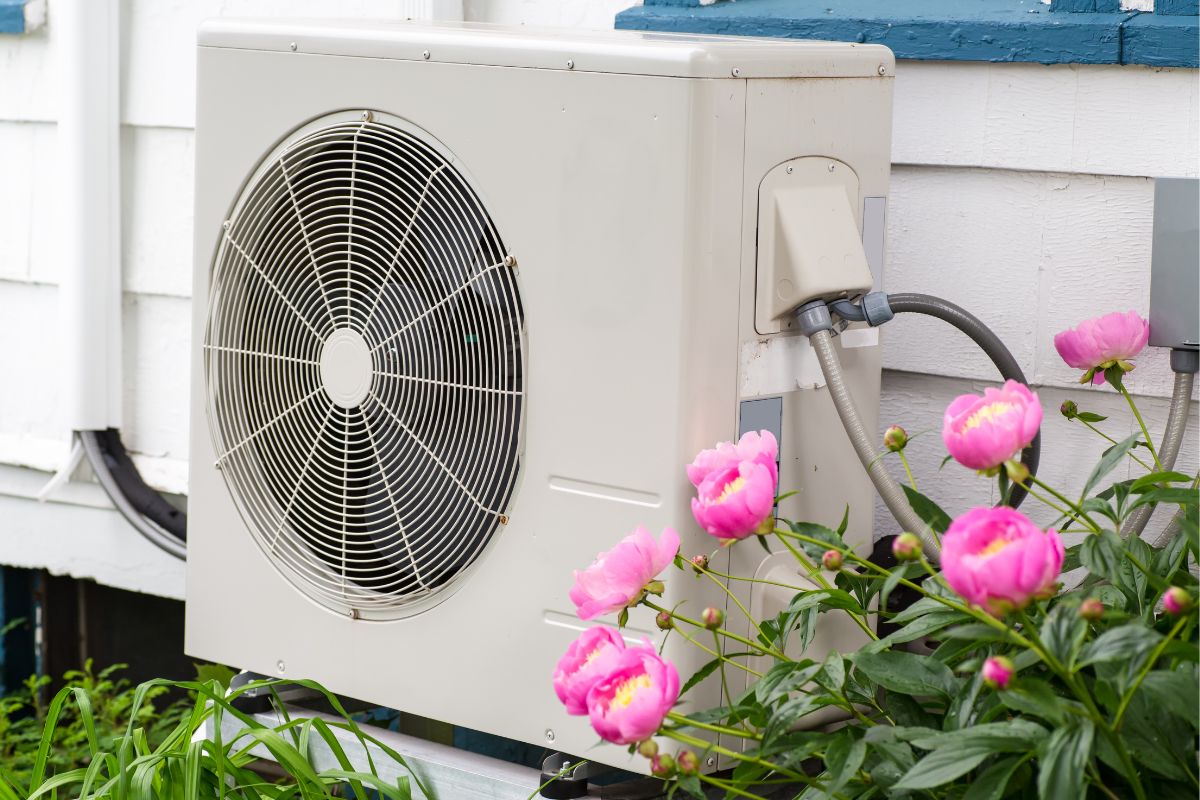

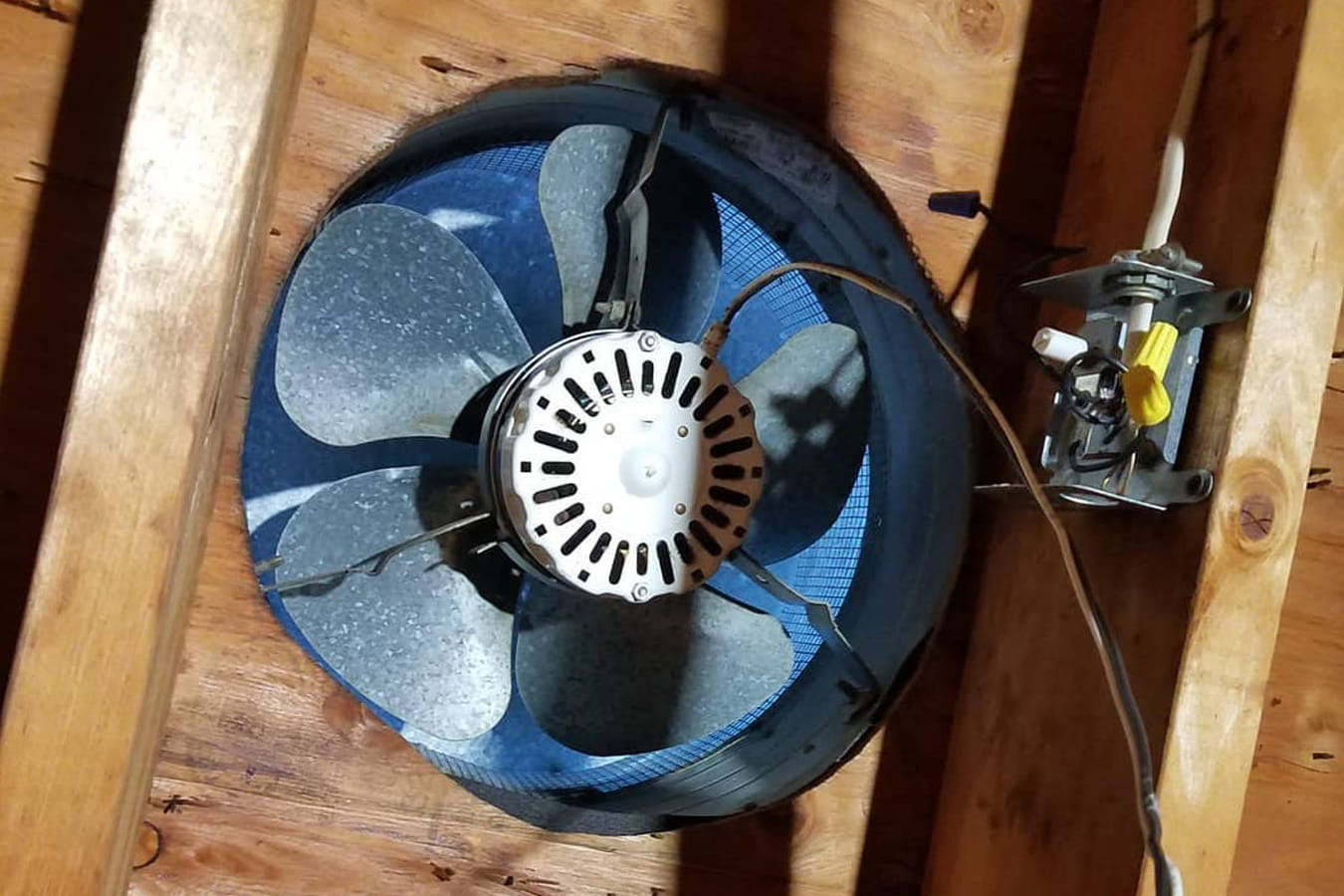
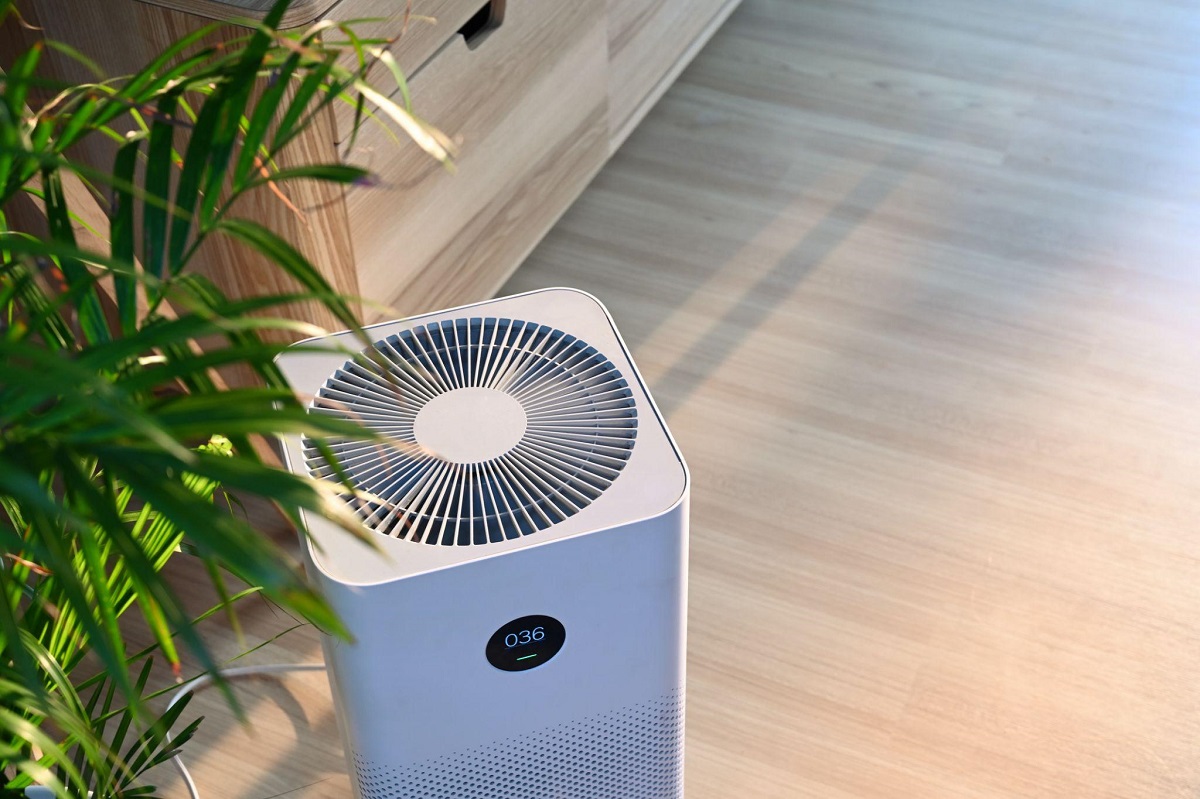

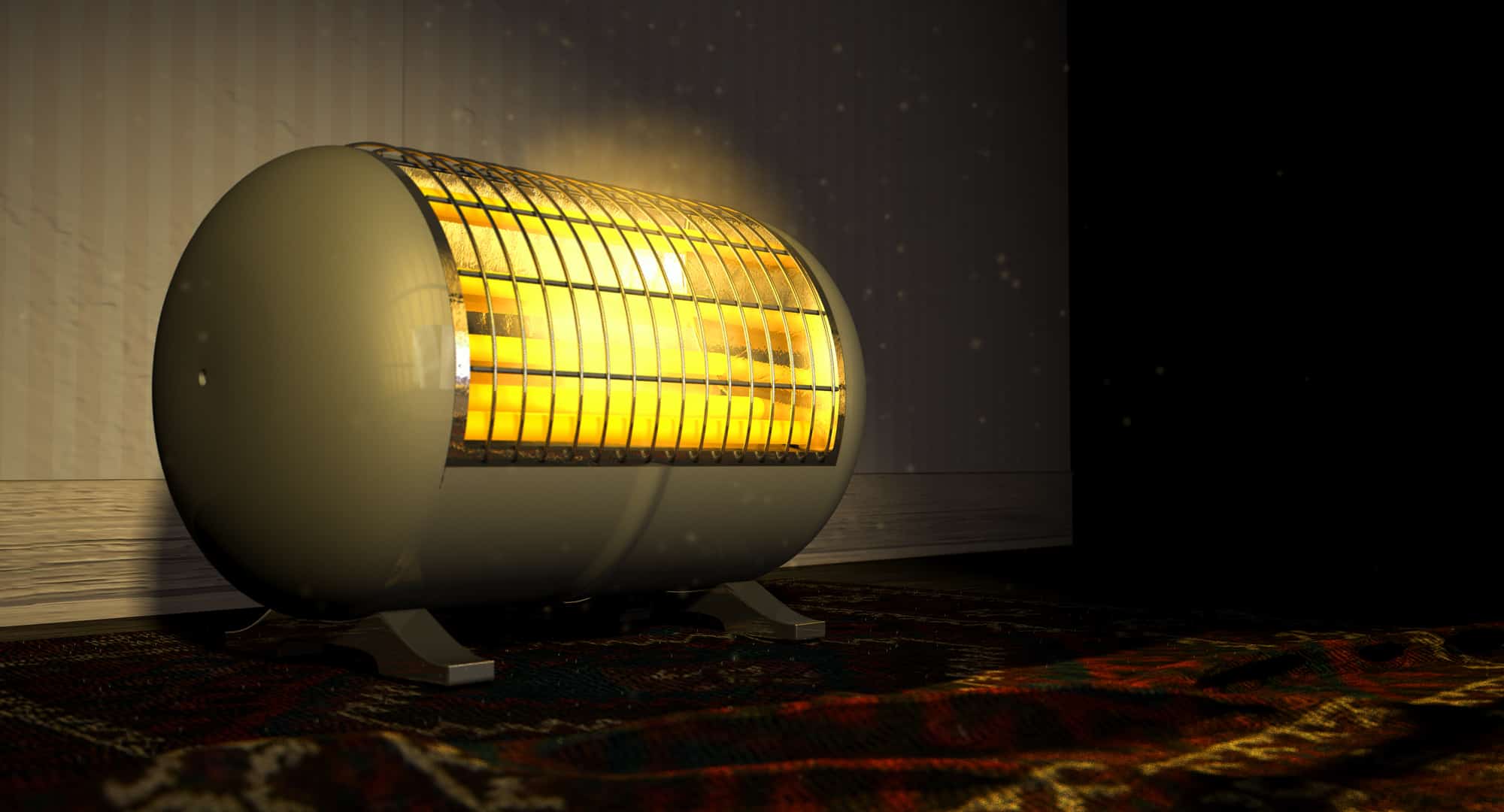
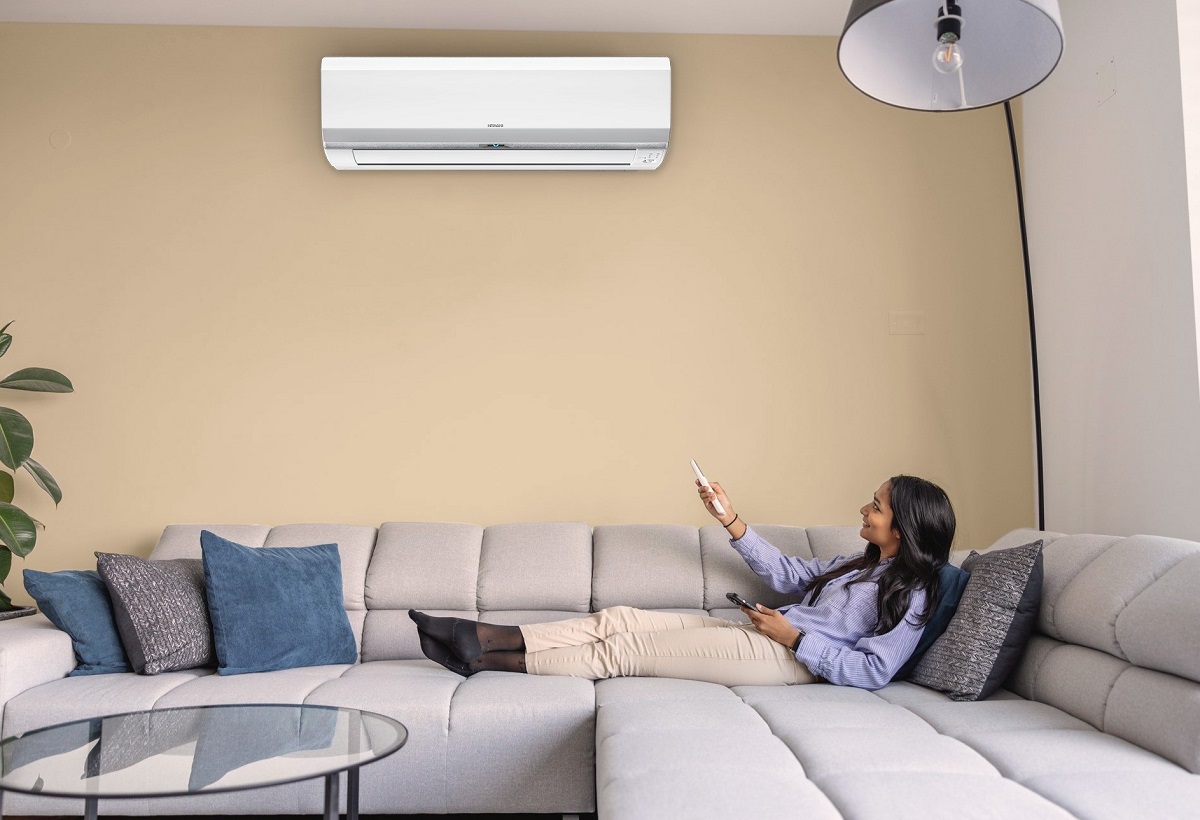
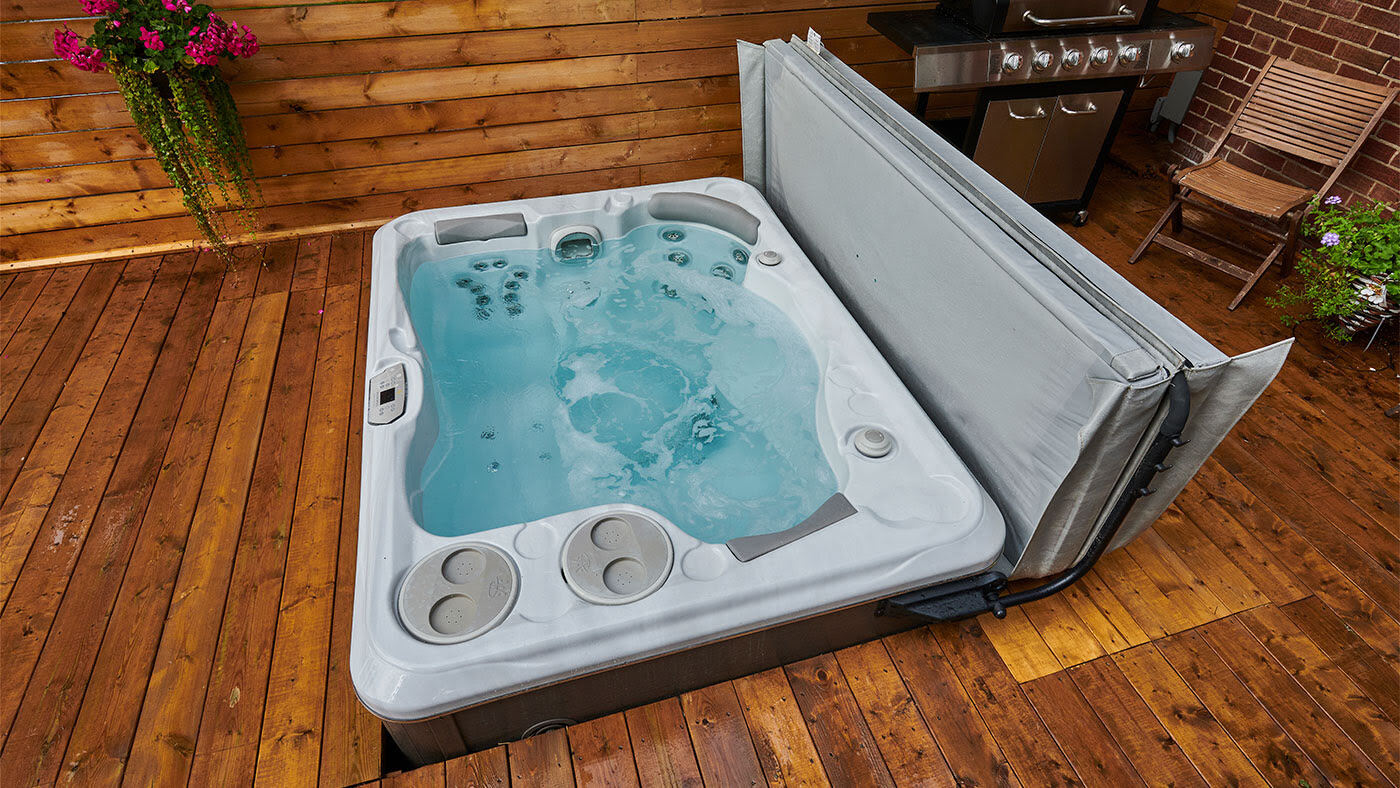
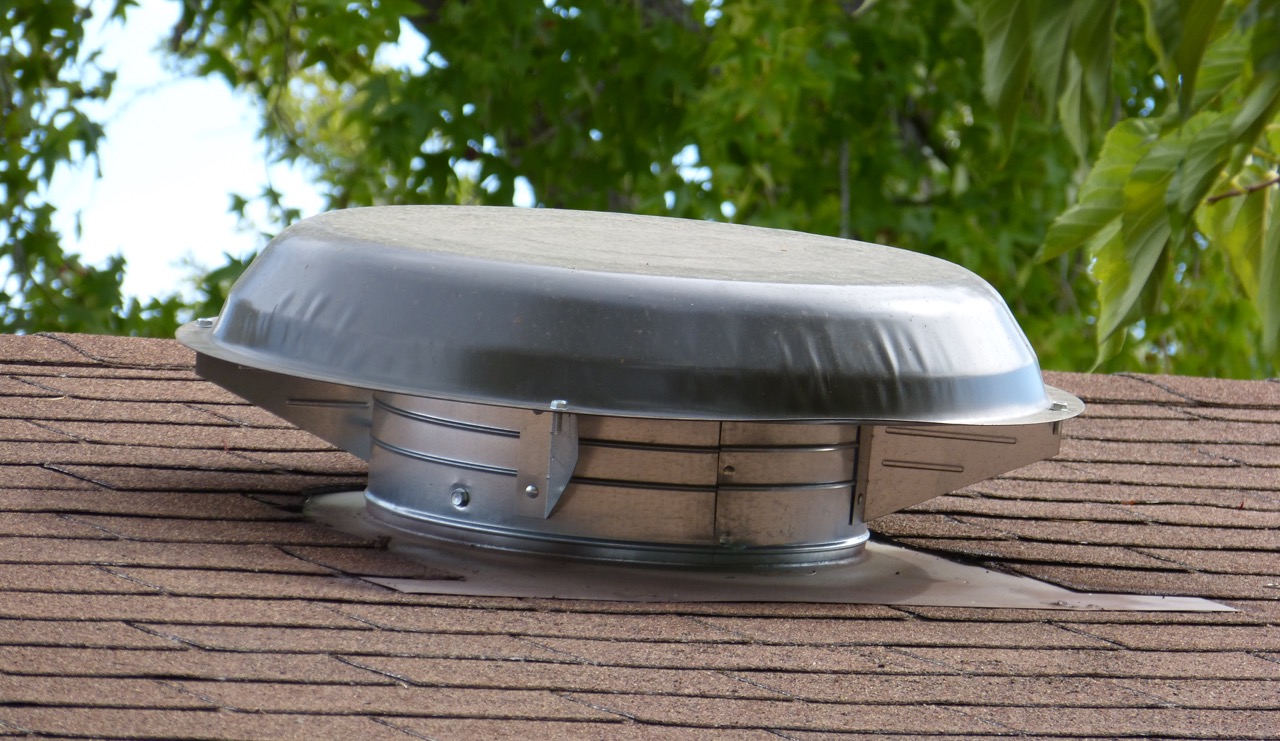
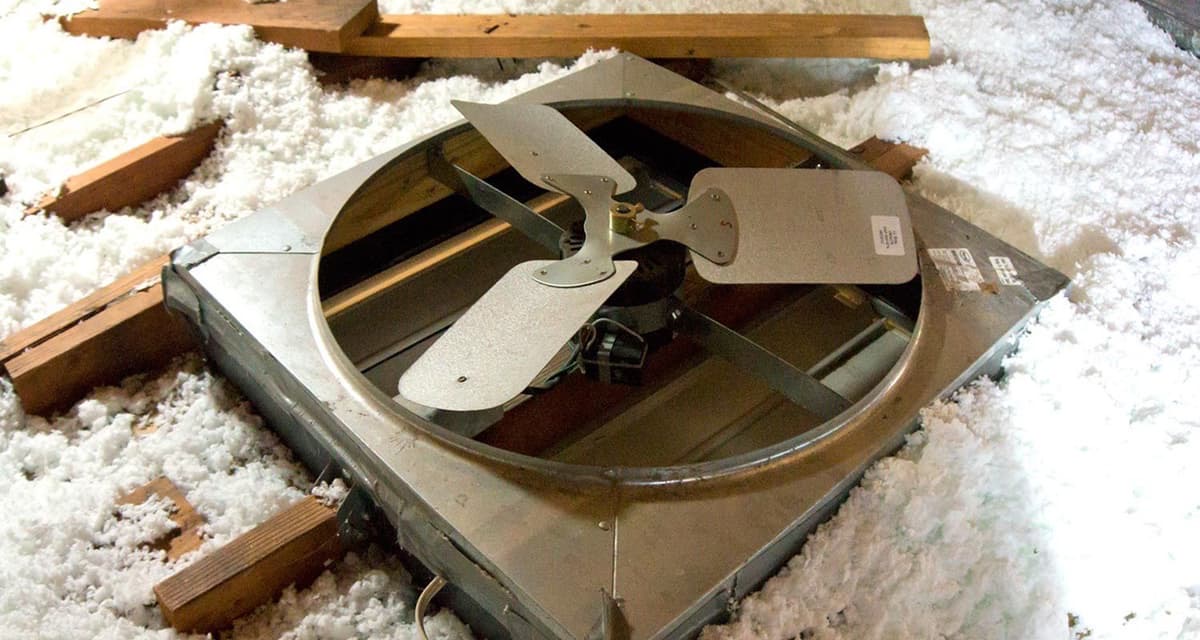
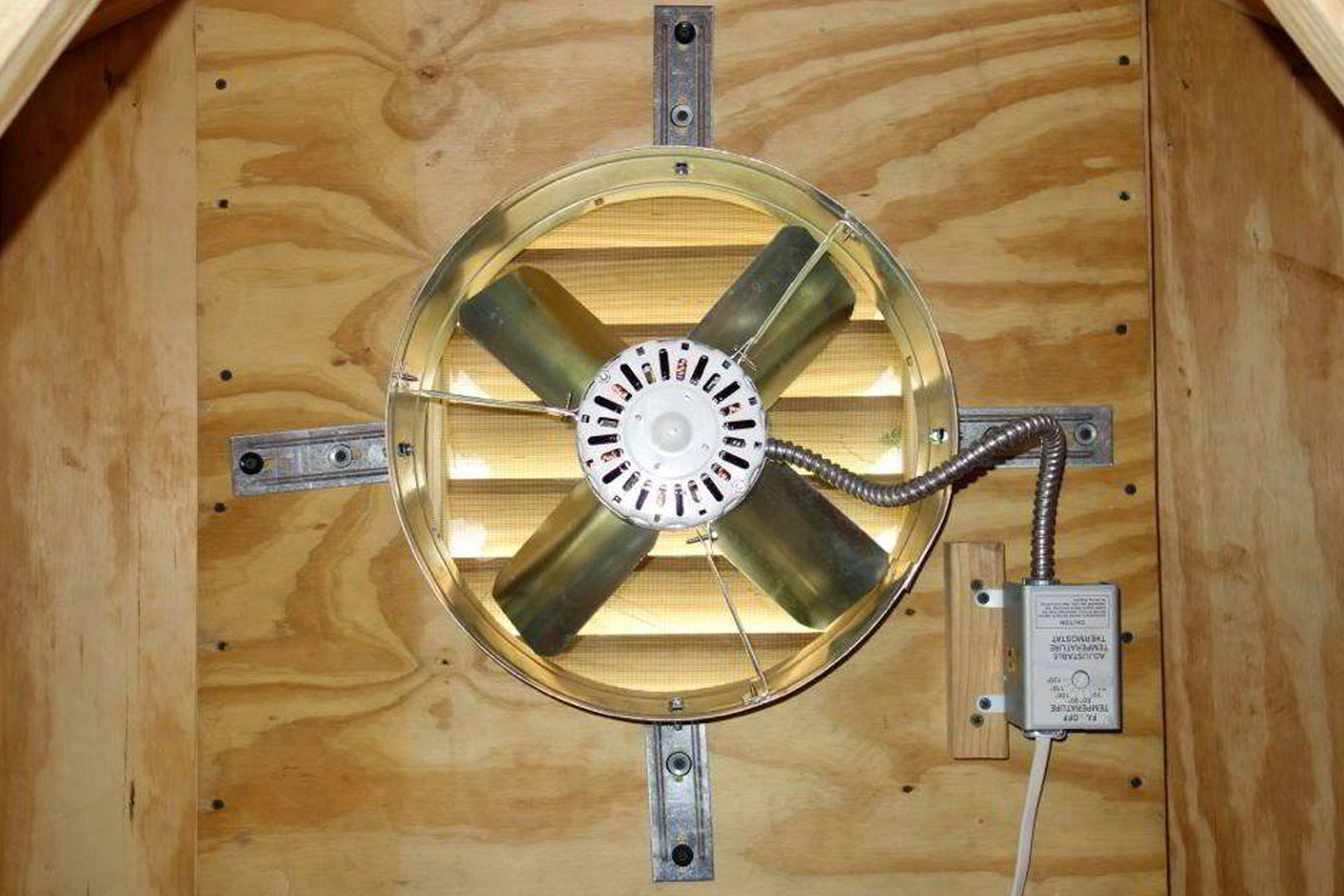

0 thoughts on “How Long Should An Attic Fan Run”